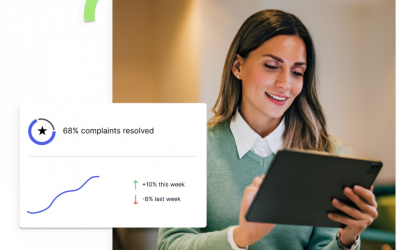Measuring human resources (HR) performance is a standard for successful organizations, but the challenge of HR measurement emerges when senior management asks HR to provide a holistic view of workforce performance.
HR professionals generally respond to this challenge with benchmarked comparisons and trends of annual employee performance ratings and reviews. However, this method fails to measure the employee’s actual work output and can lead to a gap in true performance by focusing purely on the qualitative side of the process.
For example, HR administers an annual employee review process that requires managers or peers to assign a rating to key performance and behavioral factors about an employee, such as timeliness, knowledge, adherence to company policy, creativity, etc. However, assigning a rating to each factor is still qualitative in nature because the numerical ratings are based on what the managers or peers think about a person’s performance.
As with any other resource, your human capital is an asset you invest in, and expect to get a return on. Those returns are measured by business impact and output. Quantitative data generated by employees’ work efforts enable the organization to measure the true performance of its human resources.
Depending upon the industry, work comes in a variety of units, all of which can be measured unequivocally. For example, you might measure units like sales, products produced, clients serviced, phone calls worked, or cases closed. These units provide the quantitative analyses necessary to evaluate performance across employees, departments and time.
But HR still runs into trouble when it begins gathering this type of data on employees. Regardless of the work being measured, the true production numbers associated with employee performance are never found within the HR system. Instead, they are tucked away in some ancillary business system that HR rarely has access to.
So how does HR ever get a true measure of workforce performance? They partner with workforce analytic firms that can help bring the disparate data sets together. Today’s workforce intelligence software converges human capital and business data points from multiple HR, CRM, and ERP systems, and present it in a highly visual, intuitive, and collaborative way. They give HR and business managers insight into the measures that matter most, allowing them to make better use of their own data.
Having on-demand access to labor and productivity data provides HR with valuable workforce insight. Armed with this knowledge, organizations can measure progress, identify gaps, and make intelligent decisions to better align their workforce with their strategic corporate goals.
These insights stand the test of time and can be used to analyze performance and efficiency across departments and hierarchy levels. And HR won’t have to rely on opinions and other subjective, qualitative data – they’ll have a powerful source of accurate, quantitative performance measurements that will set the entire organization up for success.




